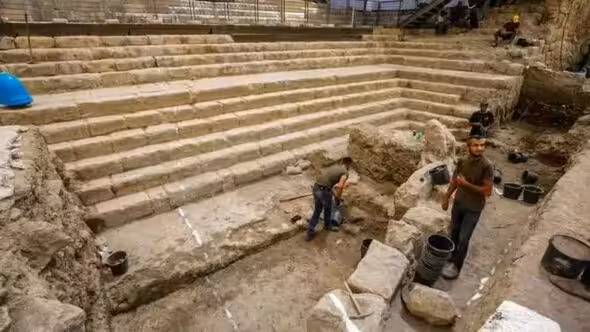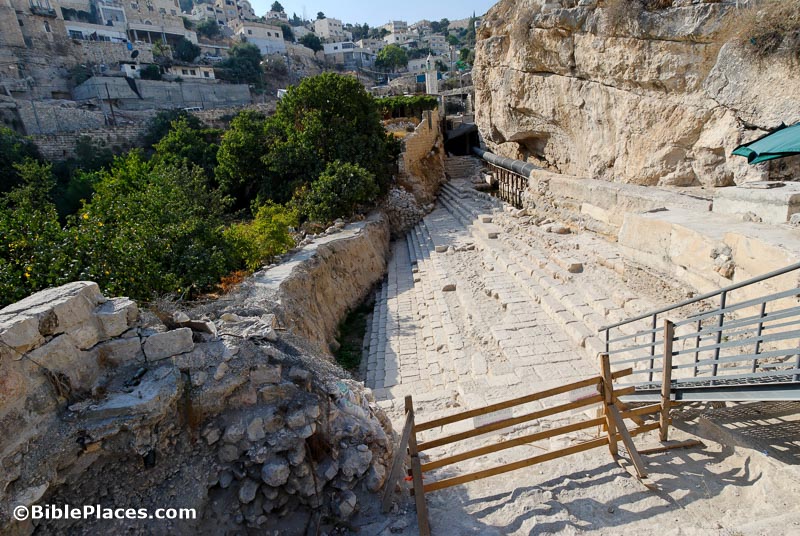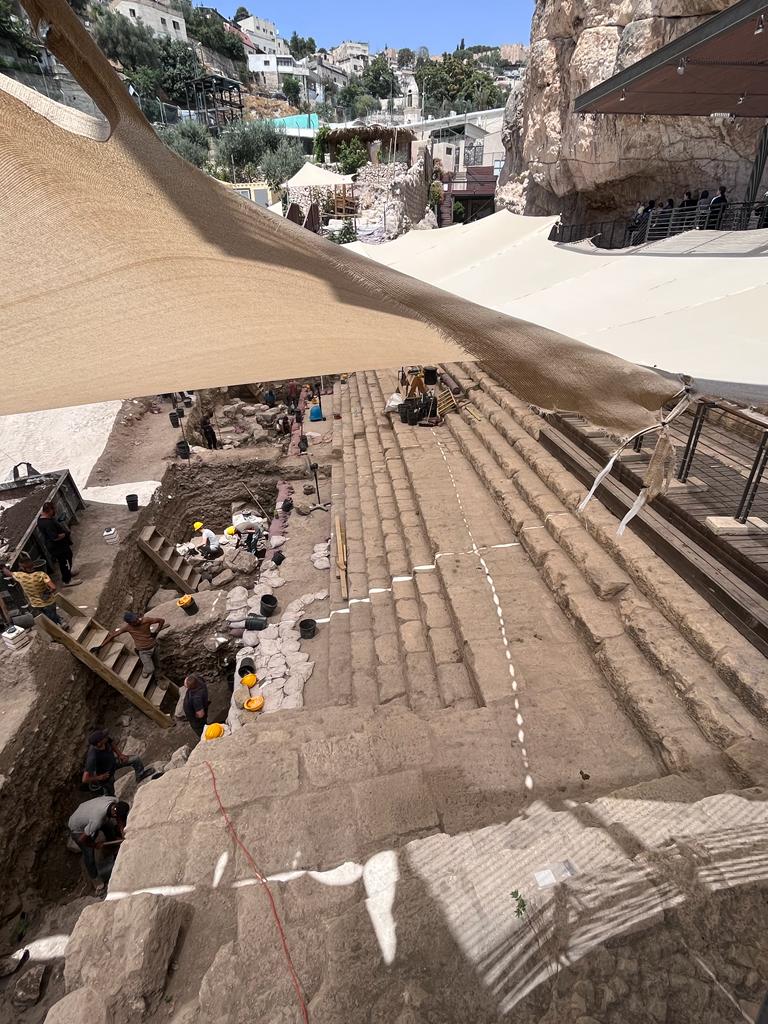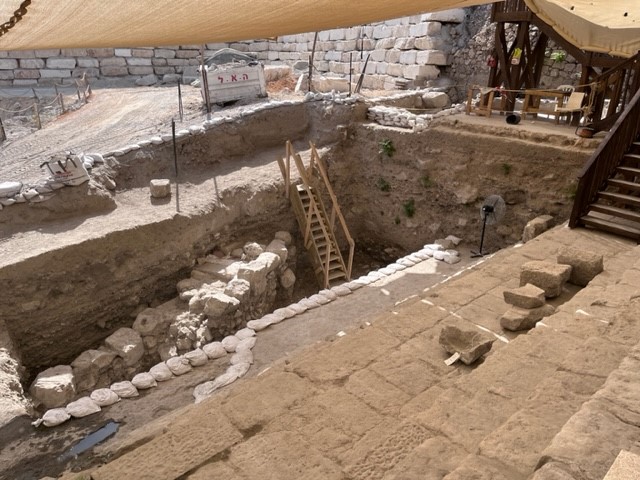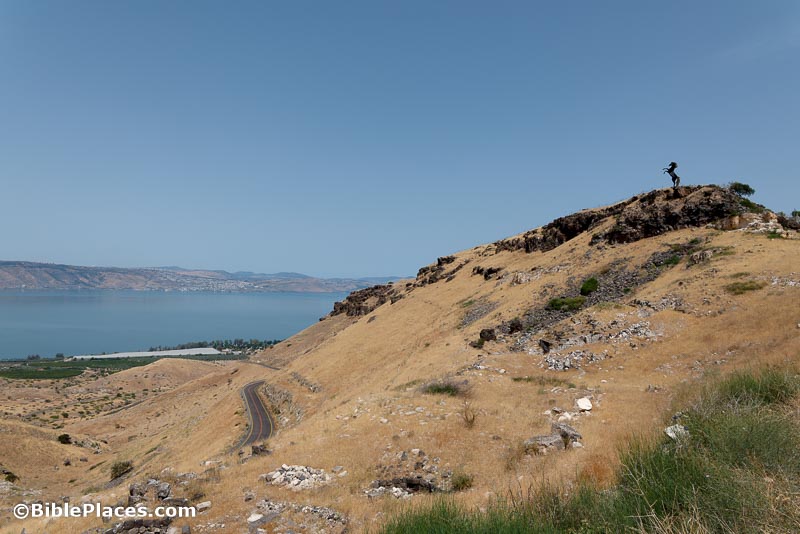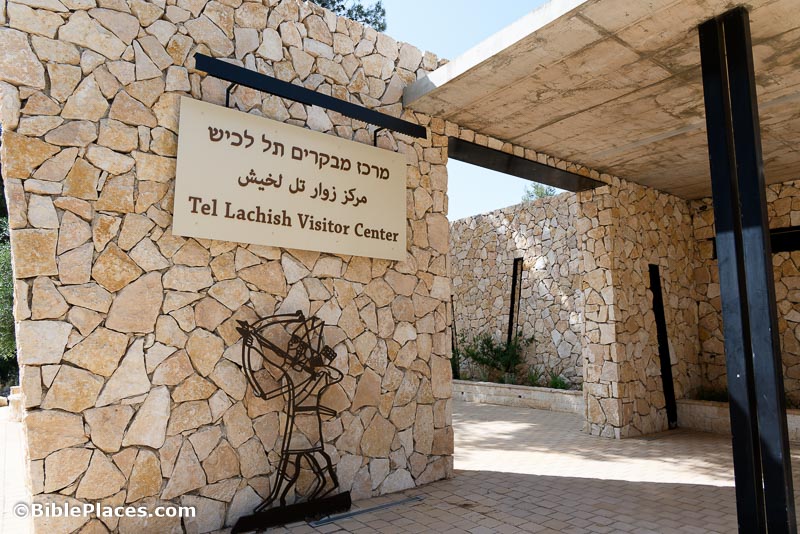Archaeomagnetic dating of the outer revetment wall at Lachish confirms that the wall was destroyed in the Assyrian siege of 701 BC.
Ancient phylacteries were not colored black, as they are today, according to a study of several leather tefillin cases discovered near the Dead Sea. The underlying journal article is here.
“The Israel Nature and Parks Authority has opened a new visitors’ complex at its desert oasis facility, Einot Zukim (Ein Feshkha) on the northern Dead Sea.”
Suembikya Frumin explains how archaeobotany helps researchers to understand Philistine religion.
The top three reports in biblical archaeology last month were “studies were conducted on the Nile River, the Beth Shemesh Inscription, and destruction layers in Jerusalem.”
Neville Teller gives a brief review of Jodi Magness’s new book Jerusalem Through the Ages.
Zoom lecture on June 26: “Origins and Resilience: The Vitality of Judaism in Archaeology, Art and Texts,” by Paul Collins
On the latest episode of Digging for Truth, Bryan Windle discusses the reign of Mesha, king of Moab.
The summer issue of Biblical Archaeology Review includes articles on Gezer’s royal complex, excavations at a Moabite site, Byzantine paintings at Shivta, and more.
You do not see many photos illustrating John’s baptizing ministry at Aenon near Salim, but Ferrell Jenkins has one.
HT: Agade, Joseph Lauer, Gordon Franz, Wayne Stiles, Arne Halbakken, Mark Hoffman
